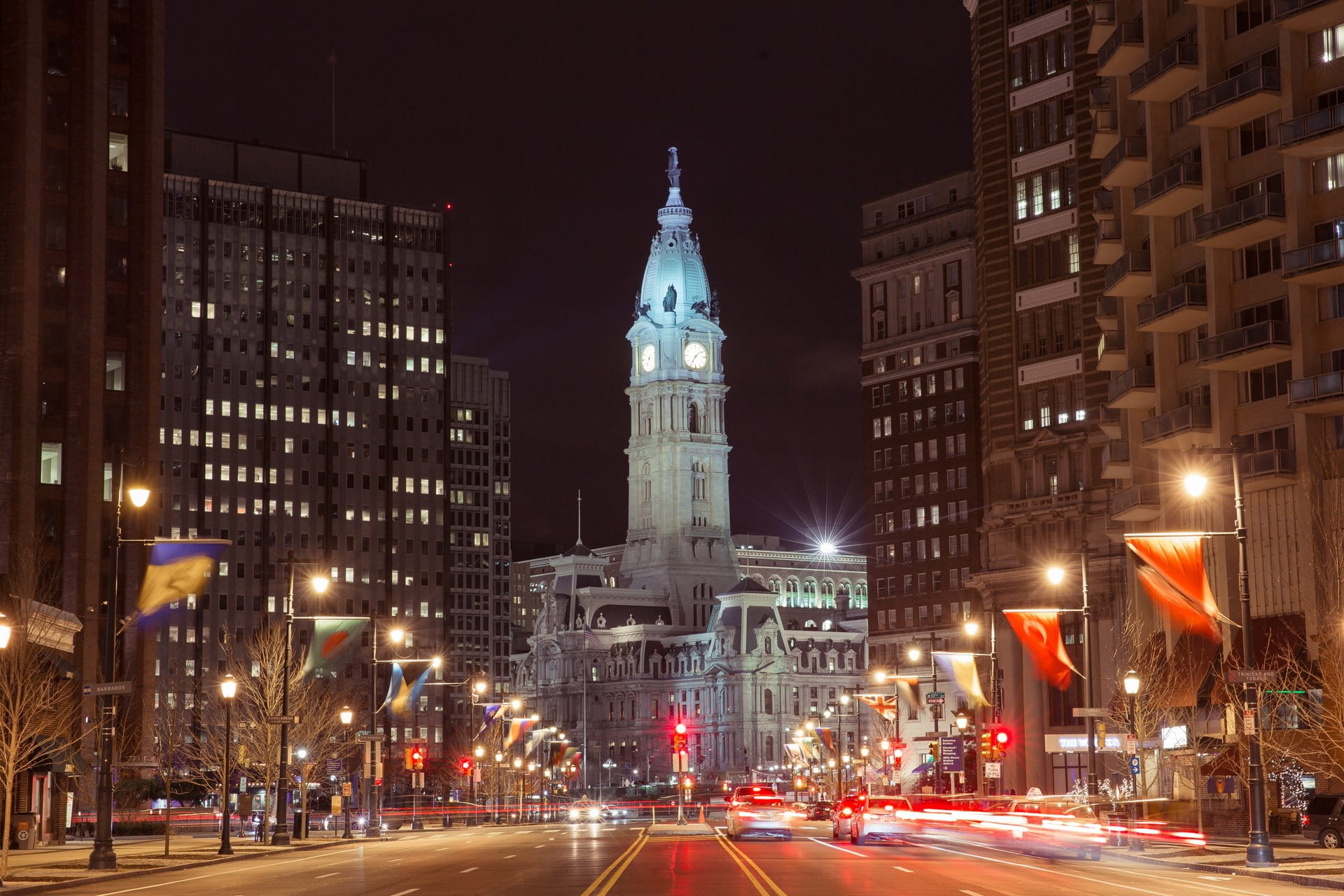By J. Alexander Short
Across the United States, an emerging trend is gaining steam (or vapor), garnering the attention of legislators, policymakers, and the tobacco industry. Vaping is a new way to administer nicotine, THC, and sometimes, nothing at all. Instead of combusting plant matter and inhaling smoke, vaporizers heat a liquid into a vapor the user inhales. The popularity of vaping is widespread and continues to grow. Due to this, the United States finds itself in a watershed moment as the law has not yet caught up with the trend. As U.S. legislators pass reactive legislation, it is necessary to consider both the science and the competing incentives underlying this legislation.
The passage of legislation relating to vaping appears to be happening at an astonishing rate, considering the typical slow speeds at which legislators operate. Florida passed a ban on indoor vaping on July 1. New Mexico amended existing law to accommodate such a ban a month earlier. San Fransisco recently passed legislation banning the sale of e-cigarettes, with the city’s board of supervisors citing the rise of vaping among teenagers as their motivation for the ban. The list goes on. However, the flurry of legislative activity on the state and local level pale in comparison to some proposed legislative changes on a national scale.
The profound effect of vaping can be seen in the rise of the success of the Tobacco 21 movement. Tobacco 21 aims to raise the legal age to purchase tobacco from 18 to 21, and has been passing legislatures across the country with wild popularity. In fact, this movement has recently found its way to the halls of the Senate, where Senator Mitch McConnell actively supports legislation to raise the legal age of tobacco purchase to 21. The Majority Leader cited a spike in vaping among teens as a major reason for his support of the legislation.
The passage of the San Fransisco ordinance banning e-cigarettes sparked considerable debate involving the role of competing incentives underlying this type of legislation. With San Fransisco home to one of the largest vaping companies, Juul, this recent ban is teeing up a national healthcare debate. Policymakers must understand the complex incentives involved with this issue in order to not pass harmful legislation.
Vaping is often considered an effective tool that cigarette smokers can use to help quit smoking. Although its efficacy remains unclear, vaping has provided cigarette smokers an additional tool to help battle the urge to continue smoking. Because of this, e-cigarette bans potentially remove a tool that may help cigarette smokers attempting to quit. When this debate comes at a time when the CDC recently declared smoking rates in the United States dropped to record lows, policymakers ought to be careful not to impede further progress, let alone erase progress already made.
The potential appeal to children is also a central concern fueling this legislative response to vaping. Harkening back to the days of Joe Camel, parents and legislators alike are concerned about the potential of vaping to expose children to nicotine at younger and younger ages. These concerns are not unfounded. As recently as July, 2019, a House subcommittee accused the vaping giant, Juul, of intentionally advertising and promoting their products to children, citing them as 100% safe. Indeed, recent studies show a startling trend in which middle and high school students are turning to vaping at ever-growing rates. Indeed, ‘vape juice’ comes in hundreds of flavors, including Strawberry Watermelon Bubblegum, Sour Worms, Swedish Fish, Peachy Rings, and Lemon Drops.
In addition to these concerns, standard health concerns underlie the vaping trend. The day this article was written, the news featured a story of teens hospitalized due to vaping. There is science that backs this up. According to the Centers for Disease Control and Prevention (CDC), the aerosol produced when vaping contains ultra fine particles, flavoring such as diacetyl, volatile organic compounds, cancer-causing chemicals, and heavy metals such as nickel, tin, and lead — all in addiction to nicotine. Needless to say, the use of a ‘vape’ poses at least some health risks that rightfully worry parents and legislators.
However, legislative reactions to some of these harms may serve to pose net harm to the public if carried out in hasty and uninformed ways. As with any major health issue, there are countless incentives, harms, and benefits to consider when drafting potential legislation. Whether the goal of such legislation be to protect potential vape users from health problems or to insulate children from harm, legislators and policymakers alike must recognize that it may be harmful to drive individuals who use vaping as a smoking cessation tool back to cigarettes.



